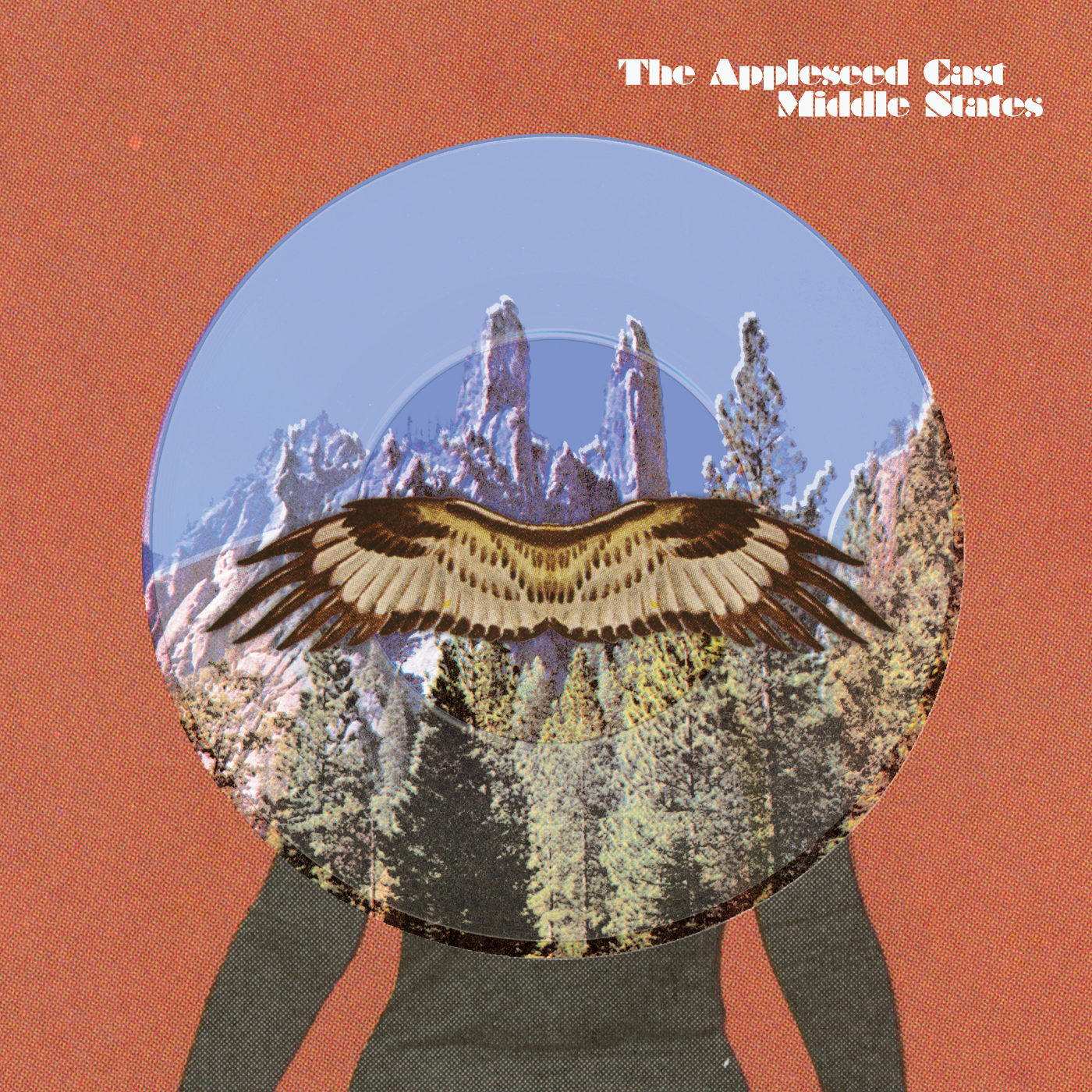Exploring The Dynamics Of Being Cast In The Middle
In a world filled with complex relationships and intricate social dynamics, the phrase "cast in the middle" often resonates with many individuals. It describes a situation where a person finds themselves caught between conflicting parties or opinions, leading to a unique yet challenging experience. This phenomenon can manifest in various contexts, from personal relationships to professional environments, and understanding its implications can provide valuable insights into human behavior and communication.
Being "cast in the middle" can evoke a range of emotions, including stress, anxiety, and even empowerment, depending on how one navigates through these situations. For some, it may become a defining aspect of their lives, influencing their decisions and interactions with others. The ability to manage this position effectively can lead to personal growth and stronger relationships, while failing to do so may result in conflict and emotional turmoil.
This article aims to delve deeper into the concept of being "cast in the middle," exploring its causes, effects, and strategies to handle it effectively. Through a comprehensive analysis, we will uncover the various dimensions of this experience and provide practical advice for those who find themselves in similar situations.
What Does It Mean to Be Cast in the Middle?
To be "cast in the middle" refers to a scenario where an individual is placed in a position of conflict between two or more parties. This situation can arise in numerous environments, such as family dynamics, workplace settings, or even among friends. The person in the middle often feels pressure from both sides, trying to mediate or maintain peace while dealing with their own emotions and opinions.
How Does Being Cast in the Middle Affect Relationships?
Being caught in the middle can significantly impact one’s relationships. It creates a sense of division and can lead to feelings of betrayal or loyalty conflicts. Those in the middle may experience:
- Emotional strain from trying to appease all parties involved.
- Fear of losing relationships based on their actions or decisions.
- Pressure to take sides, which can lead to resentment.
What Are the Common Scenarios of Being Cast in the Middle?
There are several common situations where individuals may find themselves cast in the middle:
- Family disputes, such as divorce or sibling rivalry.
- Workplace conflicts between colleagues or management.
- Friendship issues where one friend is at odds with another.
What Are the Psychological Effects of Being Cast in the Middle?
The psychological effects of being cast in the middle can be profound. Individuals may experience anxiety, depression, or feelings of inadequacy as they struggle to balance conflicting interests. The constant pressure to mediate can lead to:
- Increased stress levels.
- Feelings of isolation and loneliness.
- Difficulty in making decisions.
How Can One Cope with Being Cast in the Middle?
Effective coping strategies are essential for individuals who find themselves in these situations. Here are some practical tips:
- Practice active listening to understand all perspectives.
- Set boundaries to protect your emotional well-being.
- Communicate openly with all parties involved.
- Seek support from trusted friends or professionals.
Can Being Cast in the Middle Lead to Personal Growth?
Interestingly, while being cast in the middle can be challenging, it also presents opportunities for personal growth. Individuals may develop:
- Stronger conflict-resolution skills.
- Enhanced empathy and understanding of others' viewpoints.
- Resilience in navigating complex social situations.
Real-Life Examples of Being Cast in the Middle
Many well-known figures have experienced the challenges of being cast in the middle. One such individual is Jane Doe, a renowned mediator and author who has spent years helping others navigate conflicts. Below is a brief biography of her life and work:
| Attribute | Details |
|---|---|
| Name | Jane Doe |
| Date of Birth | January 15, 1980 |
| Occupation | Mediator, Author |
| Notable Works | "The Art of Mediation," "Finding Common Ground" |
| Personal Life | Lives in New York City with her family |
What Lessons Can We Learn from Jane Doe's Experience?
Jane's journey illustrates the complexities of being cast in the middle and how one can transform challenges into strengths. Her strategies for conflict resolution have inspired many to face their own situations with resilience and grace. Key takeaways include:
- The importance of self-awareness in conflict situations.
- Developing a toolkit of communication skills.
- Understanding that it’s okay to prioritize one's well-being.
How Can We Support Those Cast in the Middle?
Supporting individuals who are cast in the middle requires empathy and understanding. Here are some ways to offer support:
- Listen without judgment and validate their feelings.
- Encourage them to express their thoughts and emotions.
- Help them brainstorm solutions without imposing your views.
In conclusion, being "cast in the middle" is an experience that many can relate to, regardless of the context. By understanding its implications and developing effective coping strategies, individuals can navigate these challenging situations with confidence and grace. Whether in personal relationships or professional settings, the journey through the middle can lead to profound growth and deeper connections with others.
Unraveling The Legacy Of Michigan Football QB
Lainie Kazan: A Journey Through Health Challenges
Bill Watterson: The Genius Behind Calvin And Hobbes

The Middle Abc Cast

The Middle Abc Cast

Sad Souls The Appleseed Cast Middle States EP (2011)